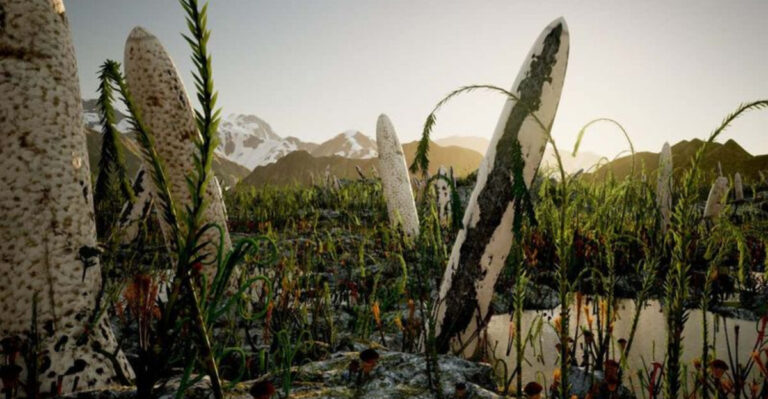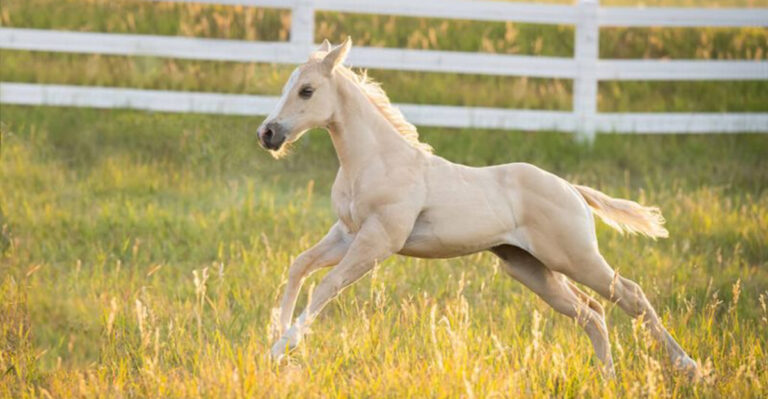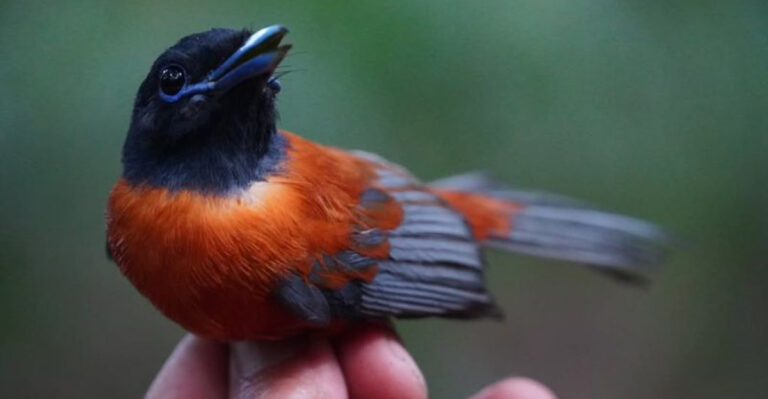The 13 Most Dangerous Rivers In America

America’s rivers offer breathtaking scenery and recreation, but some hide deadly secrets beneath their surfaces.
From powerful currents and unexpected drops to jagged rocks and predatory fish, these waterways claim lives every year.
Ready to discover which American rivers deserve your respect and caution? Here’s my countdown of the most treacherous rivers flowing through the United States.
1. Colorado River’s Grand Canyon Section
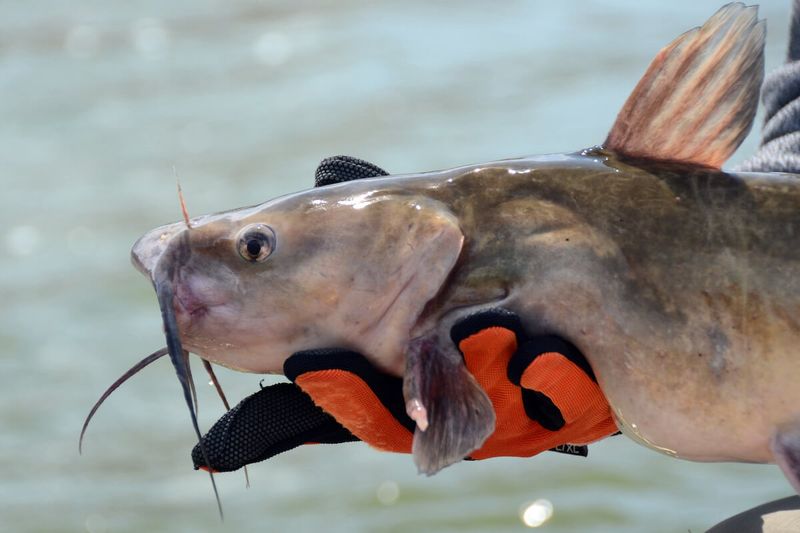
Rapids rated up to Class V roar through this iconic stretch, where powerful hydraulics can trap even experienced rafters underwater. The combination of frigid water and scorching air temperatures creates a deadly hypothermia risk.
Aggressive channel catfish and razorback suckers inhabit these waters, though they pose less danger than the river itself. During flash floods, the Colorado transforms into a raging monster, sweeping away anything in its path.
Each year, approximately 12 people die here despite ranger warnings. The remoteness of many sections means rescue can take hours or even days.
2. Mississippi River’s Deadly Undertow
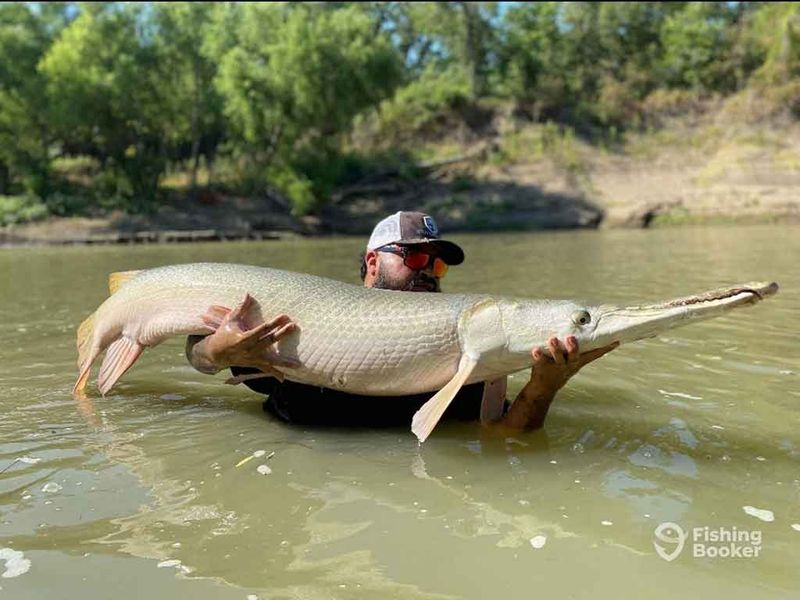
Nicknamed “The Big Muddy” for good reason, this powerful river conceals treacherous undercurrents beneath its murky surface. Commercial barge traffic creates massive wakes that can swamp small watercraft without warning.
Alligator gar, some reaching 10 feet long with razor-sharp teeth, patrol these waters alongside aggressive bull sharks that sometimes venture upriver from the Gulf. The river’s powerful eddies have claimed countless swimmers who underestimated its strength.
Constantly shifting sandbars create navigation hazards even for experienced boaters. In some sections, the current moves swiftly enough to drag under even strong swimmers.
3. Kern River’s White-Water Fury
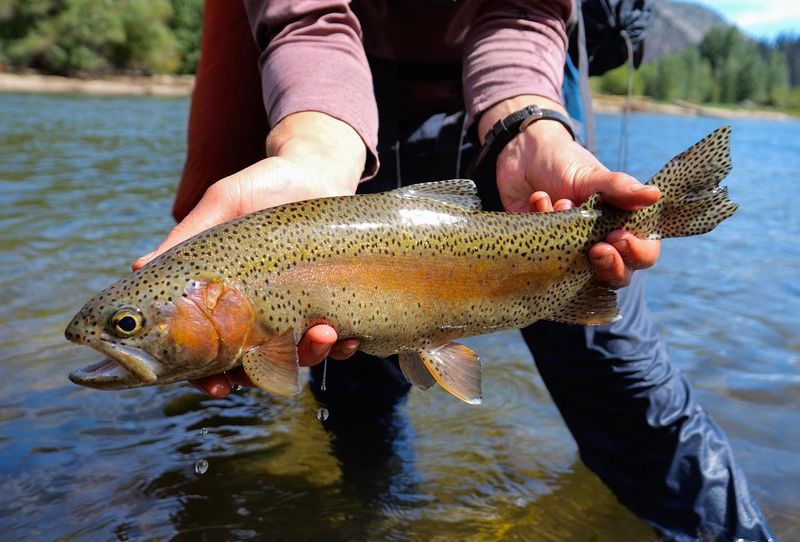
Known locally as “The Killer Kern,” this California river has claimed over 300 lives since 1968. Snowmelt from the Sierra Nevada creates deceptively strong currents that can pin swimmers against submerged rocks or trees.
Rainbow trout and smallmouth bass attract anglers who sometimes wade too far into the swift waters. During heavy rain, the river can rise several feet in minutes, trapping hikers on what were previously dry banks.
Signs along the riverbank grimly track the death toll, yet visitors continue to underestimate its power. The combination of cold water and hot air temperatures can cause rapid fatigue, leading to drowning.
4. Potomac River’s Great Falls

Just outside Washington D.C., this seemingly peaceful river drops 76 feet through a series of jagged rock formations. The deceptive currents above the falls pull swimmers toward danger before they realize what’s happening.
Large channel catfish and aggressive northern pike inhabit these waters, though they’re far less dangerous than the river’s hydraulics. The Potomac’s underwater currents create “drowning machines” – hydraulic traps that circulate victims underwater indefinitely.
Park rangers have performed countless rescues here, but many victims disappear into the churning waters. Even on calm days, powerful eddies form without warning, making this one of the East Coast’s most treacherous waterways.
5. Youghiogheny River’s Lower Section
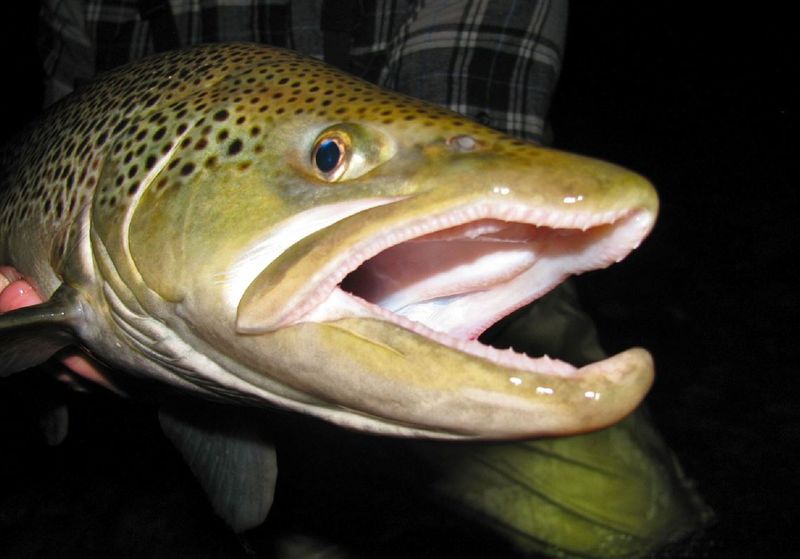
Pennsylvania’s “Yough” River features Class V rapids that have humbled expert kayakers and claimed numerous lives. The river’s steep gradient creates powerful hydraulics that can trap and recirculate boats and swimmers.
Brown trout and smallmouth bass thrive in these waters, attracting anglers who sometimes slip from slick river rocks. Cold water temperatures – even in summer – can induce hypothermia within minutes if someone falls in.
The river’s most dangerous feature is Dimple Rock Rapid, where underwater currents push swimmers toward a deadly sieve. Rescue attempts here are extremely hazardous, even for trained professionals with specialized equipment.
6. Niagara River’s Crushing Power

The river feeding the famous falls creates some of North America’s most powerful currents. Just above the falls, the river appears deceptively calm, but its surface conceals currents strong enough to pull boats over the edge.
Lake sturgeon and muskellunge – massive predatory fish – inhabit these waters. The river claims approximately 25 lives annually, many from people who deliberately enter restricted areas.
The most dangerous section is the Whirlpool Rapids, where water funnels through a narrow gorge at 30 mph. The resulting turbulence creates swirling vortexes capable of holding objects underwater indefinitely. Even experienced whitewater experts avoid this section.
7. Snake River’s Hells Canyon
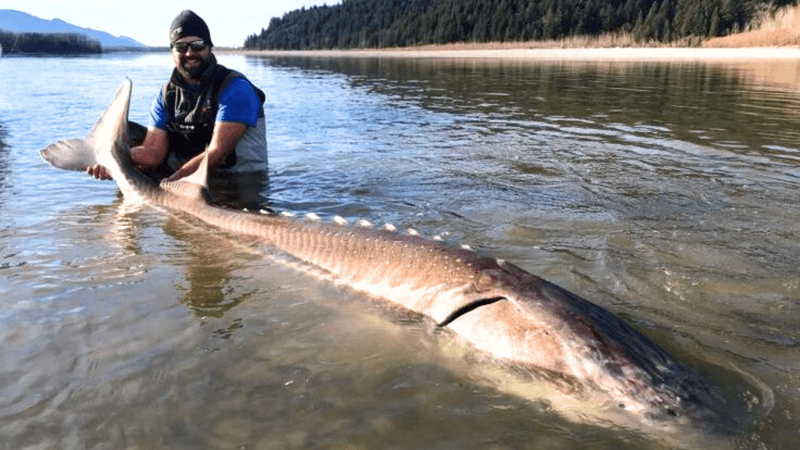
Carving the deepest river gorge in North America, the Snake River through Hells Canyon features Class IV rapids that have flipped countless rafts. Massive hydraulics form where the river narrows, creating waves capable of swamping even large watercraft.
White sturgeon – North America’s largest freshwater fish – grow over 10 feet long in these waters. Summer temperatures can reach 110°F, creating dangerous conditions when combined with 50°F water.
Wild Rock Rapid features boat-crushing hydraulics that have claimed several lives. The remote location means emergency help can be hours away, turning minor incidents into life-threatening emergencies.
8. American River’s Deadly Snowmelt

California’s American River transforms dramatically during spring snowmelt, creating deceptively dangerous conditions. The cold water – often below 50°F – can incapacitate swimmers within minutes, leading to drowning even in seemingly calm sections.
Rainbow trout and striped bass attract anglers to these waters, where slippery rocks claim victims yearly. Sudden dam releases upstream can cause rapid water level rises without warning.
The river’s South Fork features Satan’s Cesspool and Hospital Bar rapids – ominously named sections that have claimed numerous lives. What appears as an inviting swimming hole can conceal underwater currents strong enough to pin swimmers against submerged objects.
9. Rio Grande’s Desert Deception
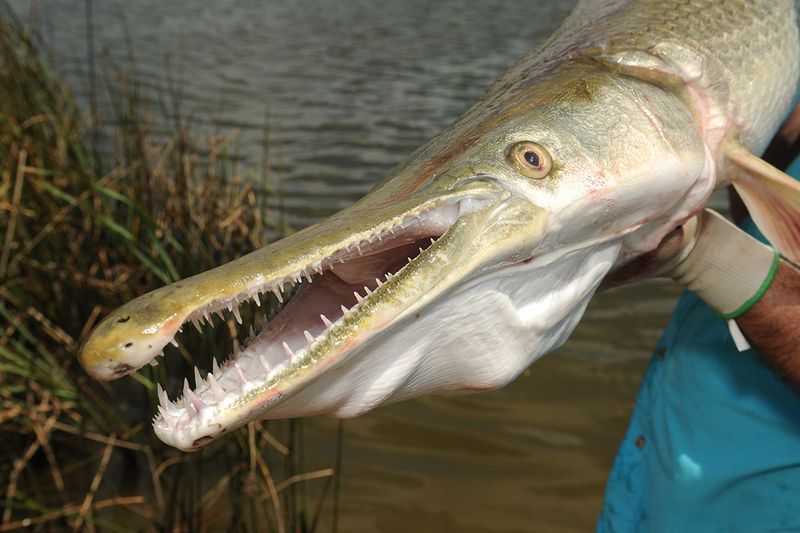
The seemingly lazy Rio Grande conceals deadly secrets, especially in its remote canyon sections. Flash floods can transform this river from a gentle stream to a raging torrent within minutes, sweeping away anything in its path.
Channel catfish and alligator gar grow to impressive sizes here, though the river itself poses the real danger. The combination of extreme heat and cold water creates perfect conditions for heat stroke and hypothermia simultaneously.
Mariscal Canyon and Santa Elena Canyon feature dangerous rapids surrounded by vertical walls, making escape impossible in many sections. Border issues complicate rescue efforts, as emergency responders must coordinate across international boundaries.
10. Chattooga River’s Deadly Rapids
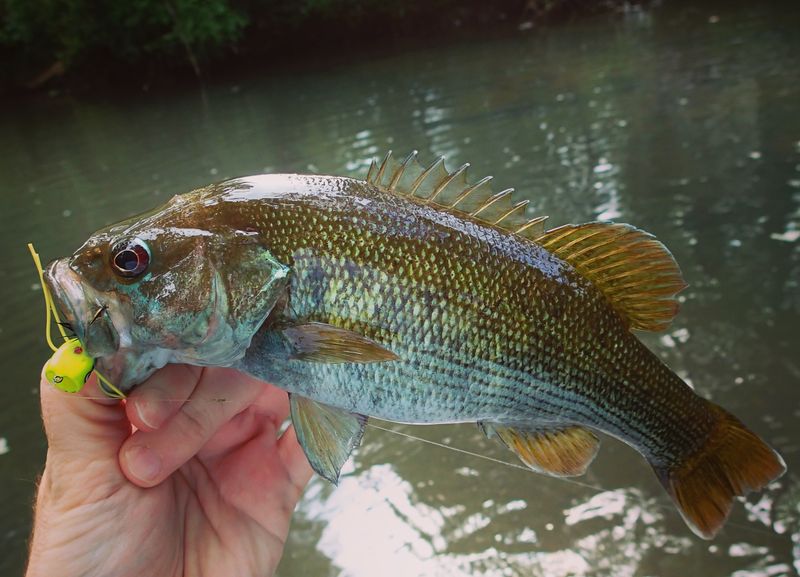
Made famous by the movie “Deliverance,” the Chattooga’s Section IV features the infamous Five Falls – a series of Class V rapids that have claimed numerous lives. Undercut rocks create “strainers” that allow water to pass while trapping swimmers underwater.
Redeye bass and rainbow trout inhabit these waters, attracting anglers to dangerous shorelines. The river’s remote location in the Appalachian Mountains means rescue can take hours.
Soc-em-Dog Rapid and Jawbone create hydraulics powerful enough to hold boats and swimmers underwater indefinitely. Even experienced guides approach these sections with extreme caution. The river’s beauty masks its deadly power.
11. Salmon River’s Wilderness Isolation
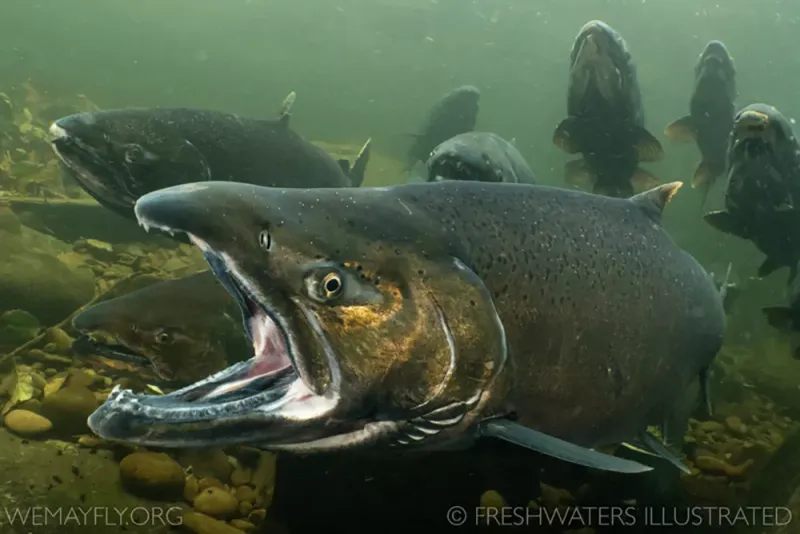
Idaho’s “River of No Return” flows through the largest wilderness area in the lower 48 states, making rescue nearly impossible in many sections. Class IV rapids like Black Creek and Big Mallard test even expert paddlers.
Chinook salmon and steelhead trout make epic migrations here, while bull trout – an aggressive predator – patrol deeper pools. The river’s remote nature means even minor accidents can become life-threatening.
Summer temperatures can exceed 100°F while water remains dangerously cold from mountain snowmelt. Granite Creek Rapid features boat-flipping hydraulics that have claimed several lives. The river’s beauty lures people into underestimating its power.
12. Green River’s Labyrinthine Canyons
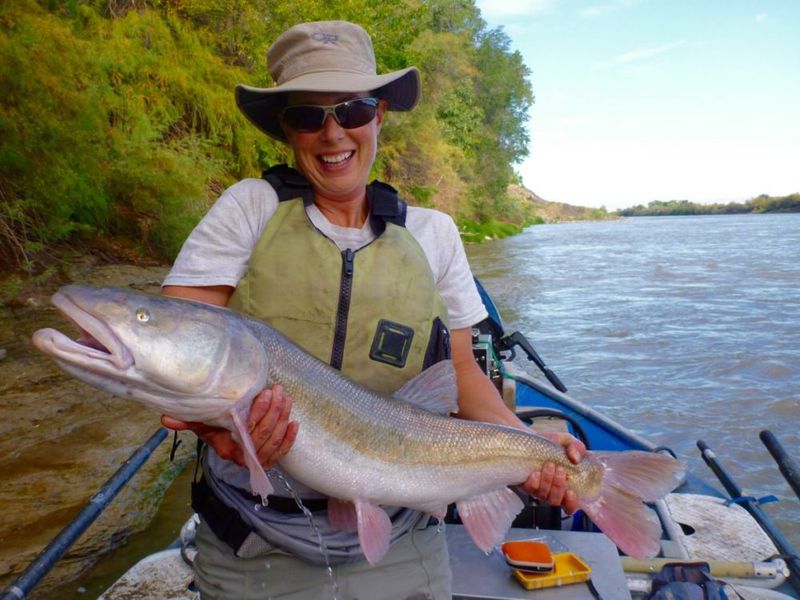
Cutting through Utah’s remote canyonlands, the Green River’s isolated sections can trap boaters for days if something goes wrong. Flash floods from distant thunderstorms can raise water levels 20+ feet in minutes.
Colorado pikeminnow – once known as the “white salmon” – can grow to 6 feet long in these waters. The combination of extreme desert heat and cold water creates dangerous conditions for unprepared visitors.
Lodore Canyon features boat-smashing rapids like Disaster Falls and Hell’s Half Mile. The river’s remote nature means self-rescue is often the only option. Cell phones don’t work in most sections, and help can be days away.
13. Ocoee River’s Olympic-Class Challenges
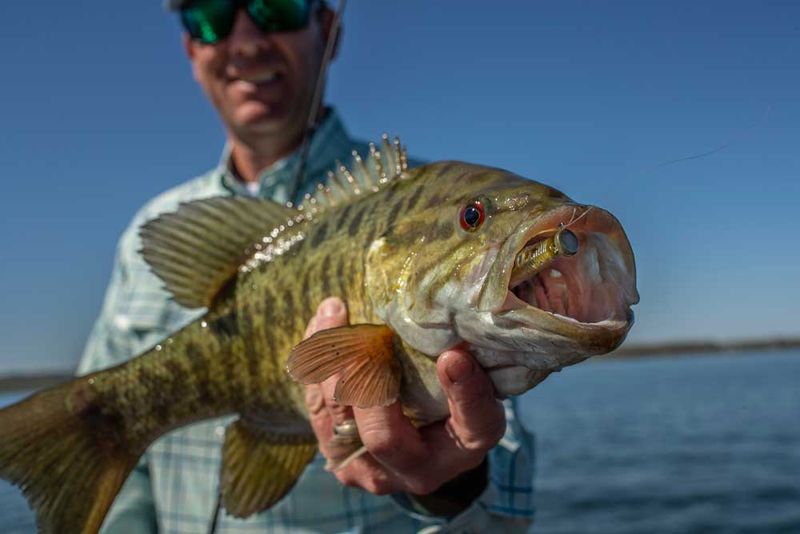
Tennessee’s Ocoee hosted the 1996 Olympic whitewater events, but its natural sections contain rapids that would terrify even gold medalists. Powerful hydraulics form where the river narrows, creating waves capable of flipping professional rafts.
Smallmouth bass and rainbow trout inhabit the quieter pools, while the rapids remain too turbulent for most fish. Dam-controlled releases create predictable but powerful flows that have claimed several lives despite safety measures.
Humongous and Hell Hole rapids feature boat-eating hydraulics that require precise navigation. Even commercial rafting trips occasionally result in serious injuries. The river’s accessibility makes it deceptively dangerous – people underestimate it because it’s so popular.


